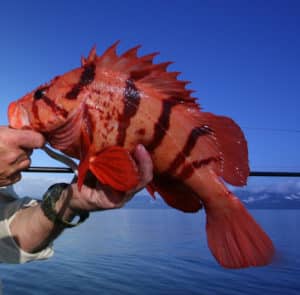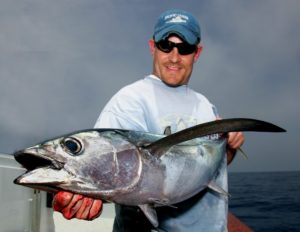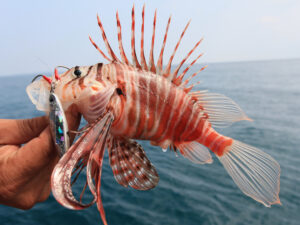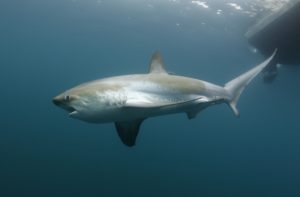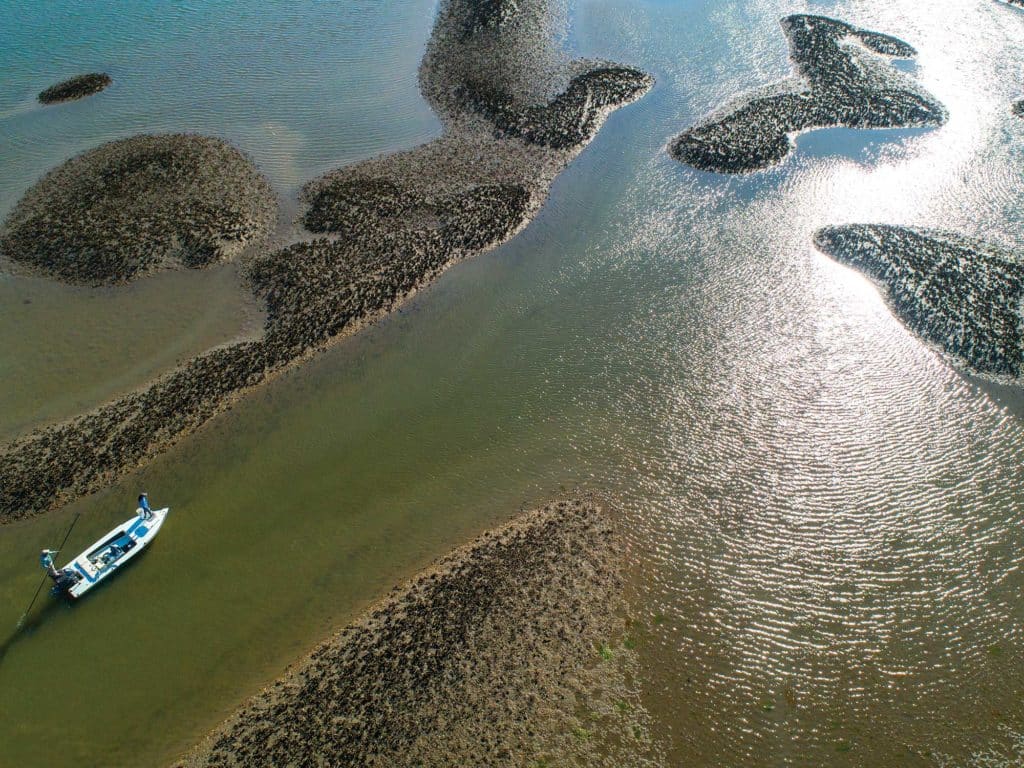
Gamefish are kind of like guys. Most pursue three basic things: comfort, food and, every now and then, reproduction. Combine all three factors at one location, and you’ll find a crowd.
Now, think of oyster bars as one place that crowd congregates. Or better yet, think of an oyster bar as a hangout for everything from shrimp, crabs and small fish looking for a hiding spot, to gamefish like snook, trout, redfish and flounder hoping to morph that safety zone into a snack bar.
An oyster bar’s topography features potholes, drop-offs, shallow areas and points. In fact, the average oyster bar offers a litany of components that create feeding stations and ambush points for all inshore saltwater gamefish.
On high tides, a shallow sheet of water covers the bar just enough to allow shrimp, crabs, mullet and other small fish to seek safety atop the sharp shells. As the water falls out, those crustaceans and baitfish must push into deeper water, inviting instant Armageddon.
Fishing oyster bars is tidally relevant. When the water falls, target the edges and drop-offs where gamefish post up, looking to ambush prey. Jigs, spoons and shallow-running plugs stake their reputation on mimicking that food chain.
Set up on the edges or down-current side of the structure to work those baits with the tide. Snook, trout and flounder usually feed along the drop-offs and shell points, while redfish work completely around the structure, even on the up-current side, as they look for food moving off the exposed oysters.
Currents that sweep past the bars push sand and mud toward each end of the structure, creating shallow points. Cast a topwater plug or prop bait toward the points, or swim a shad-type soft plastic with the current flow.
As the tide rises and crests the bar, throw a topwater plug or unweighted, weedless soft-plastic jig, jerkbait or swimbait directly on top of the structure.
Expect the extreme tides typically encountered around full and new moons to exacerbate these fishing scenarios. Higher tides mean more water stacks atop the bar, allowing the predators to feed at will over the oysters. Extreme tides also ramp up the current flowing over and around the oyster bar, so expect gamefish to utilize the edges for an ambush.
Oyster bars not only support an array of food and gamefish, but they also work to clean the water and improve visibility. So, while anglers view them as feeding stations, their main ecological purpose lies in maintaining the water quality and providing a starting point for the next generation of mollusks to perpetuate the species and grow the habitat.
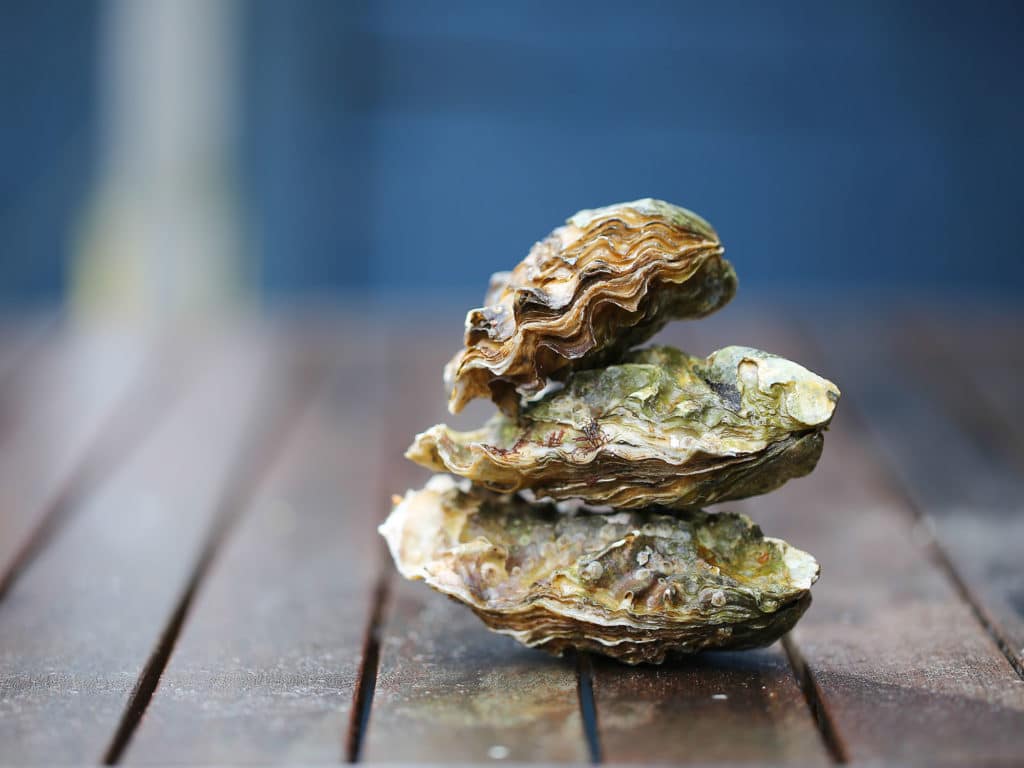
Oyster Rebirth
Did you know that a single oyster can filter up to 50 gallons of water each day? Think 95 2-liter soft-drink bottles, and one single oyster drinking it all. That makes an oyster bar a vital component of our coastal estuaries.
Unfortunately, in almost every estuary, oysters are declining, whether from overharvesting or poor water conditions. Cue Yamaha Rightwaters and Charleston-based Toadfish, manufacturers of eco-friendly fishing products.
Yamaha supports efforts such as the Billion Oyster Project in New York (which replants oysters in the Hudson River) as well as a citizen-science oyster-seeding initiative in Texas. Toadfish donates a portion of every purchase to an oyster-restoration fund.
These projects create new reefs and improve damaged ones by utilizing reclaimed oyster shells from local restaurants and other sources. Volunteers collect and bag the shells and strategically place them where oysters are in decline. The shells attract oyster larvae floating in the water and eventually form living reefs.
More than 200,000 square feet of oyster reef has already been rebuilt from Toadfish’s program alone. Here’s to a few million more.

